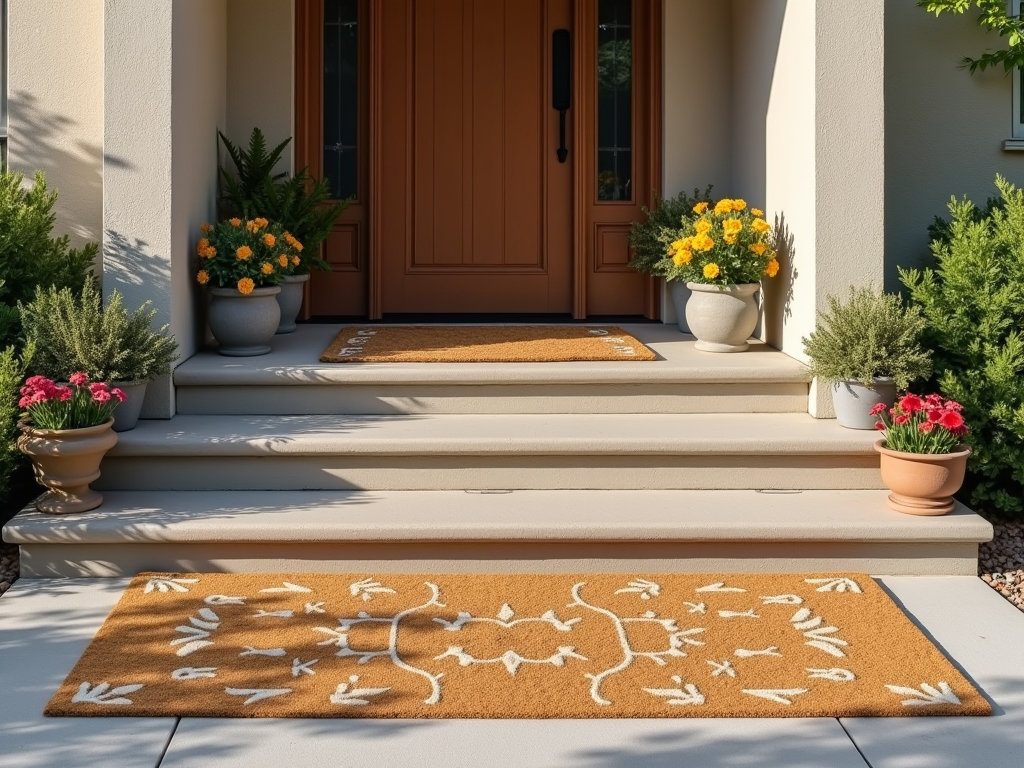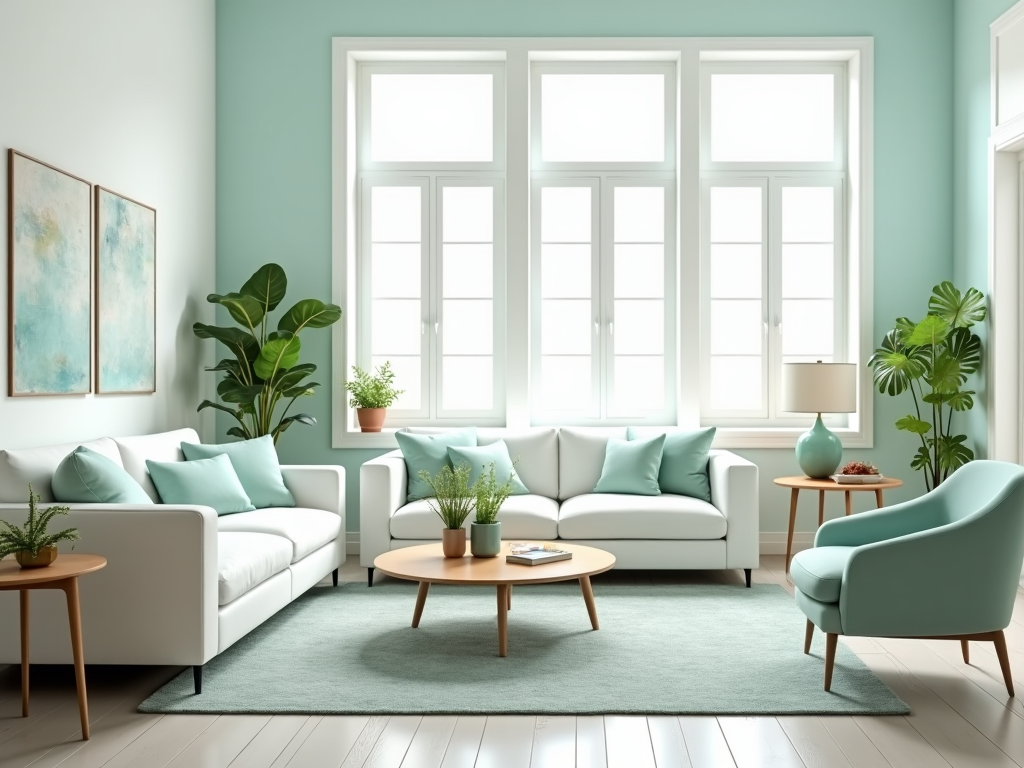Every day, we enjoy the comforts of our homes, blissfully unaware of the habits that may be contributing to their unkempt state. Many people become so engulfed in their daily routines that they overlook certain practices that create unnecessary mess and clutter. Over time, these small actions can accumulate, transforming a tidy dwelling into a chaotic and uninviting space. By pinpointing well-meaning habits that actually trigger dirtiness, we not only improve the environment of our living spaces but also enhance our mental well-being. The good news is that with awareness and simple changes, we can cultivate a cleaner and healthier home. This article will outline common behaviors that contribute to household grime, offering solutions to help you regain control over your living space.
Neglecting Regular Cleaning Routines

One of the primary reasons homes become dirty is the lack of a structured cleaning schedule. Many homeowners find themselves overwhelmed by the notion of cleaning and often face a mountain of chores that never seem to end. The reality is that skipping routine cleaning often leads to more significant problems down the line. When cleaning becomes an afterthought, dirt and dust accumulate over time, making future cleaning efforts even more daunting. This vicious cycle can ultimately transform an inviting home into a chaotic environment filled with grime. Implementing a consistent cleaning routine can set the foundation for a fresher, more harmonious living space.
By breaking your cleaning tasks into smaller, manageable sections, you can simplify the cleaning process. A typical cleaning schedule might include the following tasks:
- Dusting surfaces
- Vacuuming carpets and rugs
- Wiping down kitchen countertops
- Cleaning bathrooms thoroughly
- Organizing cluttered areas
Overlooking High-Traffic Areas

Certain areas in our homes see more foot traffic and activity, yet they often become neglected in our cleaning habits. High-traffic zones such as hallways, entryways, and kitchens are notorious for accumulating dirt quickly and require more frequent attention. Ignoring these spaces not only contributes to a dirtier home but may also lead to larger issues such as mold and pests. Regularly focusing your cleaning efforts on these areas can significantly reduce the overall cleanliness issues you face. This proactive approach minimizes dirt buildup and creates a welcoming atmosphere for both residents and guests.
Here’s a list of high-traffic areas that should receive regular cleaning:
- Entryways
- Kitchens
- Living rooms
- Staircases
- Bathrooms
Allowing Shoes Inside the Home
Bringing shoes into the house may seem like a minor oversight, but it significantly impacts cleanliness. Our shoes collect dirt, mud, and other debris from outside, which then gets tracked throughout our living spaces. This behavior can easily turn a clean floor into a messy one, leading to more frequent cleaning sessions. Implementing a no-shoes policy can dramatically reduce the dirt entering your home and provide a cleaner, safer environment for you and your family. Encouraging guests to remove their shoes when entering can also foster a culture of cleanliness within your home. Consider placing a designated shoe rack or area near the entrance as a visual reminder of this policy.
Not Utilizing Doormats and Rugs
Doormats and area rugs are essential tools in maintaining a clean home, yet many people fail to use them properly. High-quality, easy-to-clean doormats can significantly reduce the amount of dirt tracked inside. Regularly shaking out or washing these mats can help keep your home cleaner. Placing mats at entry points serves as the first line of defense against dirt and grime. Furthermore, using area rugs in high-traffic zones can provide an extra layer of protection and make cleaning easier. Below is a comparison table of different types of mats and their cleaning requirements to help you choose wisely.
| Mat Type | Material | Cleaning Frequency |
|---|---|---|
| Coir Mat | Coconut fiber | Monthly |
| Indoor/Outdoor Mat | Polypropylene | Every two weeks |
| Microfiber Mat | Microfiber | Weekly |
| Rubber Mat | Rubber | Every month |
| Woven Mat | Cotton | Bi-weekly |
Ignoring Clutter
Clutter not only affects the aesthetics of a home but also its cleanliness. When items are left out, they can attract dust and dirt, leading to an environment that feels overwhelming and disorganized. Decluttering on a regular basis helps keep surfaces clear and makes it easier to maintain your space. It’s easier to keep a room clean when it has fewer items to dust and organize. Additionally, engaging in decluttering projects can create a sense of accomplishment and calm. A regular decluttering schedule could include the following:
- Every month, tackle one area of your home.
- Donate or discard items you no longer use.
- Utilize bins to keep similar items organized.
Forgetting to Clean Pet Areas
For pet owners, neglecting to clean specific areas designated for pets can contribute significantly to household dirtiness. Pets may shed hair, track in dirt, or have accidents, and these issues can quickly escalate if left unchecked. Establishing a cleaning routine for pet areas, including toys, bedding, and feeding spaces, can help reduce odors and dirt accumulation. Regular grooming and bathing of pets also play a crucial role in maintaining cleanliness, benefiting both your pets and your home. Additionally, implementing specific zones for pet activities can confine the mess to designated areas, making cleaning easier.
Using Too Many Decorative Items
While decor adds personality to a home, too many items can create dust traps. The accumulation of decorative pieces—while visually appealing—can lead to a labor-intensive cleaning process. Evaluating your decor collection and removing excess items allows for easier dusting and enhanced tidiness. Additionally, fewer decorative items mean less clutter and a more serene living environment. Striking the right balance between personal expression and cleanliness is key. A thoughtful approach can ensure your decor elevates your space without becoming a cleaning burden.
Conclusion
Recognizing and changing habits that contribute to a dirtier home can lead to a healthier and more pleasant living environment. By implementing simple adjustments to your routine, such as maintaining regular cleaning, being mindful about clutter, and considering the introduction of doormats and rugs, you can significantly enhance your home’s cleanliness. The journey to a tidier home doesn’t require massive upheaval; rather, it necessitates consistent, conscious choices. Embrace an organized and clean home as a reflection of your personal well-being and lifestyle. With dedication and awareness, a comfortable and inviting living space is well within reach.
Frequently Asked Questions
- What is the best way to maintain a cleaning routine? Set a weekly schedule with specific tasks assigned to each day.
- How can I encourage my family to adopt these habits? Lead by example and make cleaning and decluttering a group activity.
- Are there any specific cleaning products I should use? Look for eco-friendly products that suit your household’s needs, especially if you have children or pets.
- How often should I wash my doormats? It’s advisable to wash them at least once a month or more frequently if they get heavy use.
- What are some effective decluttering strategies? Use the “one in, one out” rule, and consider donation for items you no longer need.
